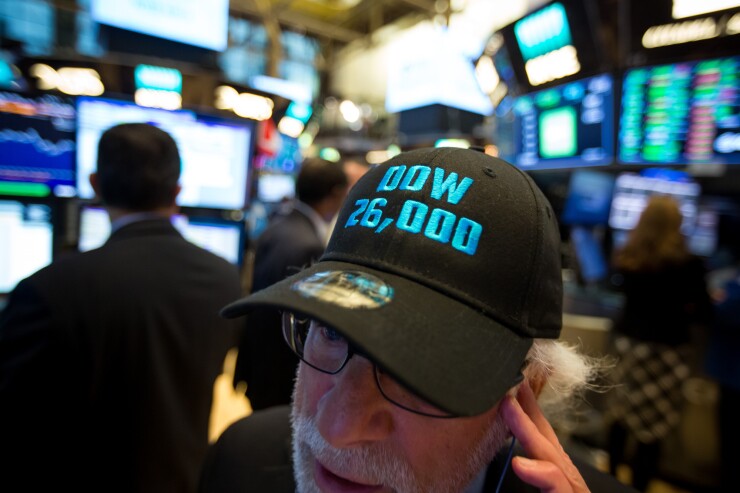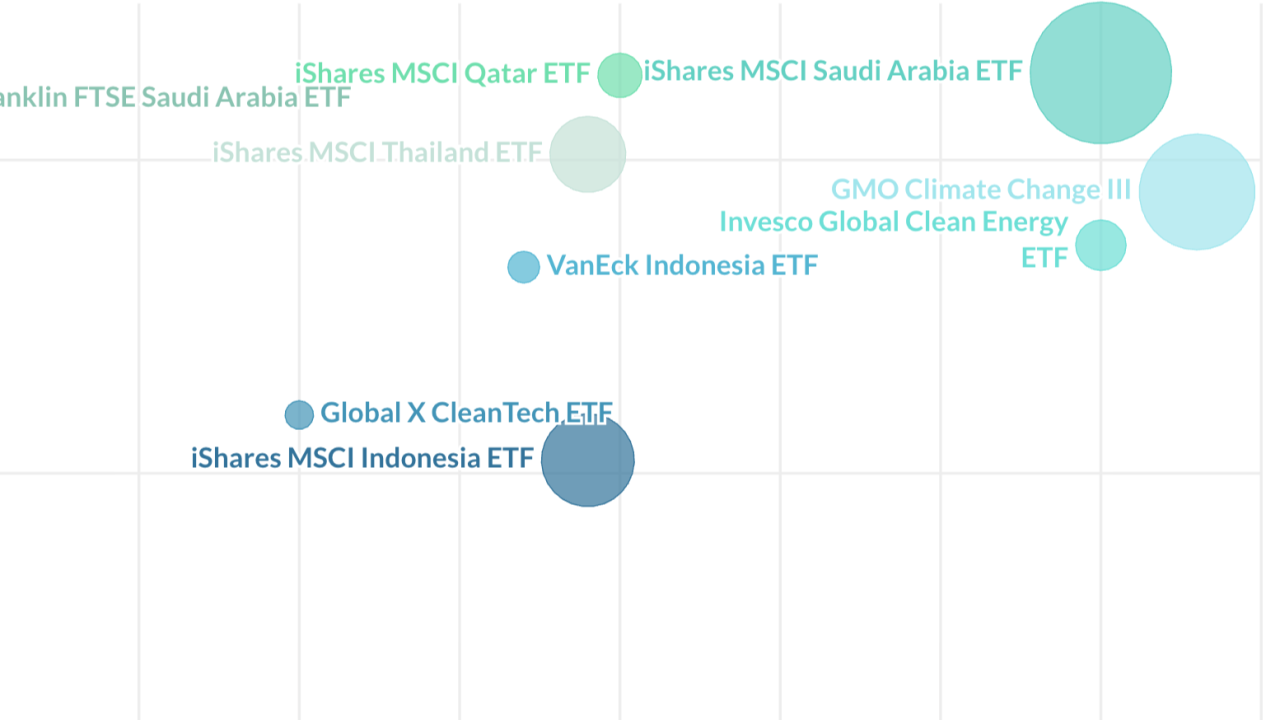The Dow reached record highs as companies indicate the tax overhaul will boost earnings this year.
The S&P 500 posted its biggest gain since November, and the Dow rose more than 300 points to close above 26,000 for the first time. Semiconductor shares paced gains. The Nasdaq closed at an inflation-adjusted record for the first time in nearly two decades, The Wall Street Journal reported, passing one of the few elusive milestones during this long bull market.

Taxes drove much of the action. Financials were strong after Bank of America beat estimates and indicated that it could benefit from the U.S. tax overhaul by reducing pressure to cut future costs. And Apple climbed after saying that under the rules of the new tax plan it will bring hundreds of billions of dollars back to the U.S. from overseas to invest in jobs and facilities.
“We’re all really trying to figure out the real impact off tax reform on some of the major sectors,” said Jamie Cox, a managing partner for Harris Financial Group in Richmond, Virginia. “Financials in particular have been in the news because you’ve seen some weird things with some of their deferred tax assets being reported in earnings. I think a lot of people misunderstood and don’t understand how the deferred tax assets work, and so they’re seeing these massive charges that the banks are taking as a result of tax reform and they can’t see too clearly into the future about how much the impact on tax reform is going to have on their bottom line three quarters from now.”
-
Short interest on the largest ETF tracking the S&P 500 is the lowest level on record.
January 9 -
Rarely have investors had such consistent, steady gains, and abundant anomalies, says one expert.
January 3 -
Conventional wisdom is that 60/40 portfolio is highly effective. But there could be a better way to accompany large-cap U.S. stocks than U.S. bonds.
November 27
Treasuries fell along with gold, and the dollar climbed on speculation Congress will avert a government shutdown. Bitcoin dropped below $10,000 for the first time since Dec. 1, but then bounced back above the threshold. Money managers expect the equities rally to continue, particularly with analysts predicting growth of 11% in earnings per share over the next two years, according to Bloomberg Intelligence calculations.
“A lot of the move that we’ve been seeing has been just the beginning,” said John Stoltzfus, chief market strategist at Oppenheimer. “It’s hard to quantify, but we see some evidence of bull market bears as well as skeptics of this bull market finally beginning to capitulate. And when that capitulation starts, it’s a process.”
In an industry that’s all relative, sometimes a 14% return puts you near the bottom of the pile.
Meanwhile bond investors are mulling the potential for monetary policy in the U.S. to tighten faster than expected and settling their nerves after last week’s selloff. The notion of a bear market doesn’t seem to have endured — the yield curve steepening barely lasted a day.
Elsewhere, West Texas crude slipped before U.S. government data forecast to show stockpiles fell for a ninth week.






